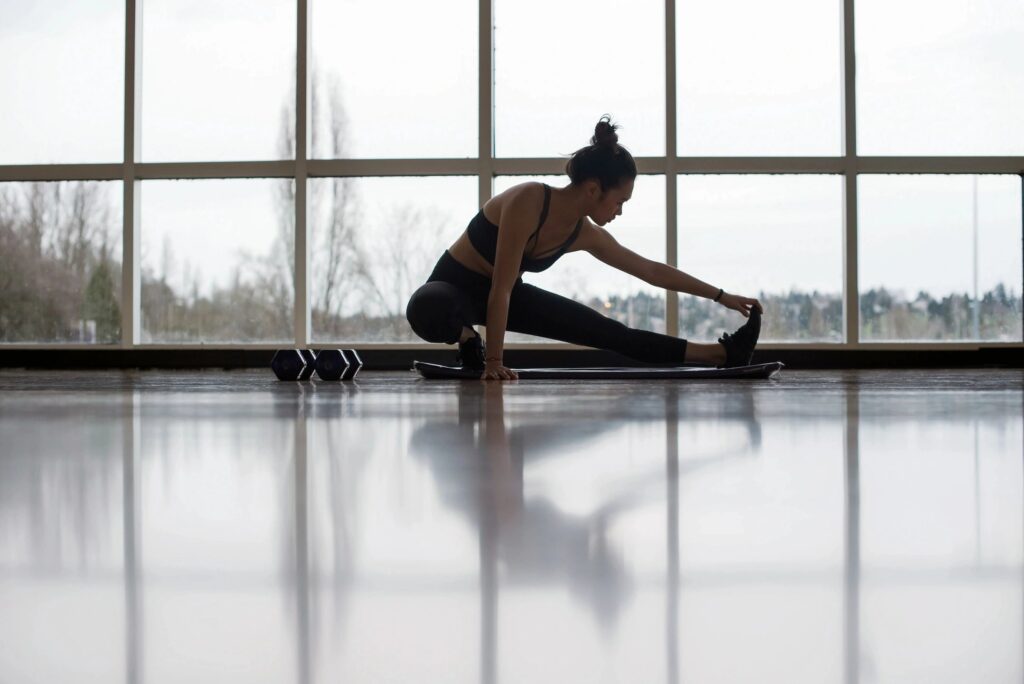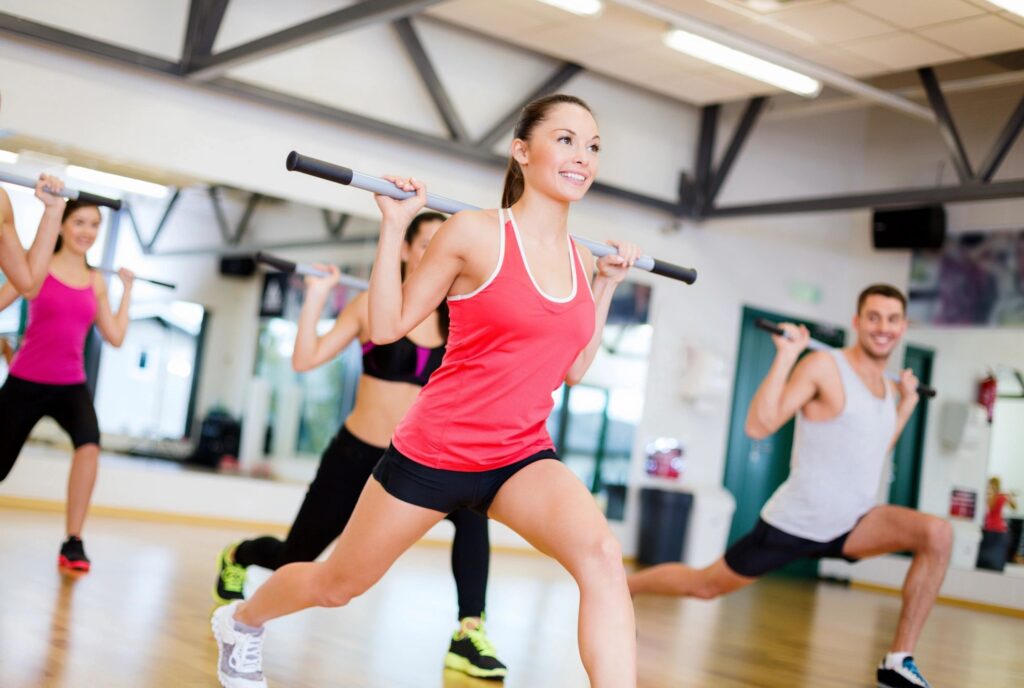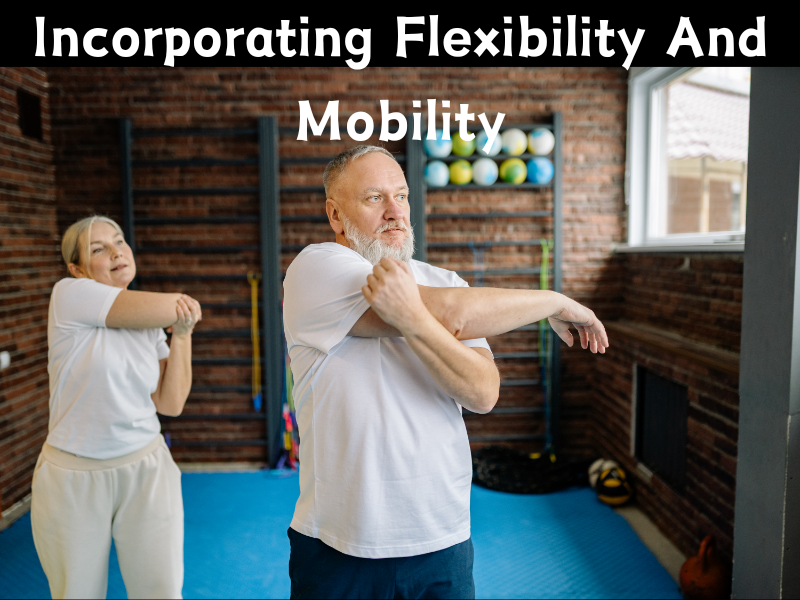Fitness is not just about building strength and endurance; it’s also about maintaining flexibility and mobility to move freely and prevent injuries. Yet, flexibility and mobility training often take a backseat in many fitness routines. We’ll explore the importance of flexibility and mobility work and provide practical tips for incorporating it into your fitness regimen to enhance your overall performance and well-being.
What Is Flexibility and Mobility
What’s the difference between flexibility and mobility? Flexibility refers to the ability of your muscles and joints to move through a full range of motion, while mobility refers to the quality of that movement and the ability to control it effectively. Both are essential components of physical fitness and play a crucial role in everyday activities and athletic performance.
The Benefits of Flexibility and Mobility

There are a variety of benefits to improving your flexibility and mobility. Here are a few benefits and why they are important.
Injury Prevention
Maintaining optimal flexibility and mobility helps reduce the risk of injuries by improving joint health, reducing muscle imbalances, and enhancing movement efficiency. Tight muscles and limited mobility can lead to compensatory movement patterns and increased risk of strains, sprains, and other injuries. A greater range of motion means that your body can accommodate a wider variety of movements and positions, reducing the likelihood of strained or overstretched muscles and ligaments. Especially if you are used to moving in those ranges with loads.
Flexibility also improves the elasticity of connective tissues such as tendons, ligaments, and fascia. This enhances their ability to absorb and distribute forces during movement, reducing the risk of overloading or injuring these structures. Increased elasticity also promotes better shock absorption and joint stability, further minimizing the risk of injuries.
Improved Performance
Flexibility and mobility can enhance athletic performance by improving movement mechanics, agility, and coordination. A greater range of motion allows athletes to generate more power, move more efficiently, and perform complex movements with greater precision. By addressing limitations in flexibility and mobility, athletes can optimize movement patterns and biomechanics. This leads to smoother, more coordinated movements that are less prone to inefficiencies or compensations. Improved movement quality allows athletes to perform skills with greater precision, control, and power.
Enhanced Recovery
Incorporating flexibility and mobility work into your routine can promote faster recovery from workouts by reducing muscle soreness through improving circulation which facilitates the removal of metabolic waste products. This can help you recover more quickly between training sessions and reduce the risk of overuse injuries.
Functional Movement
Flexibility and mobility training focus on improving movement patterns that are relevant to everyday activities, such as bending, twisting, and reaching. By enhancing functional movement patterns, you can perform daily tasks more efficiently and with a lower risk of injury.
How To Incorporate Flexibility and Mobility Work into Your Routine

Now that we understand the importance of flexibility and mobility, let’s explore some practical tips for incorporating it into your fitness regimen:
- Warm-Up with Dynamic Stretching: Begin your workouts with dynamic stretching exercises that target major muscle groups and joints. Dynamic stretches involve moving through a range of motion in a controlled manner and can help prepare your body for the demands of exercise. Some examples of dynamic stretching exercises include:
- Arm circles
- Torso twists
- Walking lunges
- Include Static Stretching: After your workout, incorporate static stretching exercises to target the specific muscles that were worked and improve flexibility. Hold each stretch for 15-30 seconds, focusing on areas that feel tight or restricted. Some examples of static stretching include:
- Calf stretch
- Hamstring stretch
- Butterfly stretch
- Use Foam Rolling and Self-Myofascial Release: Incorporate foam rolling and self-myofascial release techniques to alleviate muscle tightness and improve tissue quality. Roll over targeted areas of your body, applying gentle pressure to release tension and improve circulation.
- Practice Yoga or Pilates: Incorporate yoga or Pilates classes into your routine to improve flexibility, mobility, and core strength. These mind-body practices emphasize controlled movements, breath awareness, and alignment, promoting overall flexibility and mobility.
- Focus on Weak Areas: Identify areas of your body that are tight or restricted and prioritize flexibility and mobility exercises for those areas. Pay attention to common trouble spots like the hips, hamstrings, shoulders, and lower back.
- Listen to Your Body: Pay attention to how your body feels during flexibility and mobility exercises, and avoid pushing into pain or discomfort. Progress gradually and respect your body’s limitations while striving for gradual improvement over time.
- Be Consistent: Incorporate flexibility and mobility work into your routine on a regular basis, just like you would with strength training or cardiovascular exercise. Consistency is key to seeing improvements in flexibility and mobility over time.
Flexibility and mobility are essential components of physical fitness that are often overlooked in favor of more traditional forms of exercise. However, incorporating flexibility and mobility work into your fitness regimen can improve joint health, reduce the risk of injuries, enhance athletic performance, and promote overall well-being. By prioritizing this type of training and incorporating it into your routine on a regular basis, you can unlock your full potential and enjoy the benefits of improved movement and functionality in all aspects of your life.
-Coach Onelio
